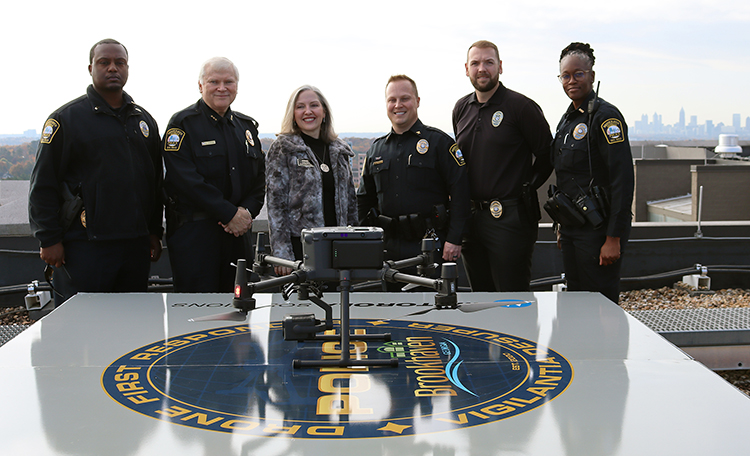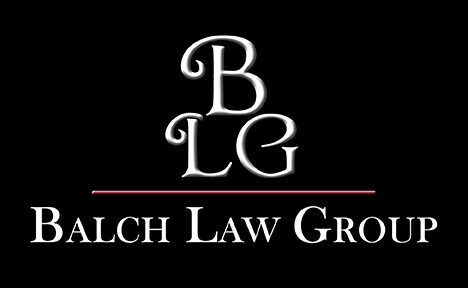Law Enforcement Aerial Assets (known to most people as helicopters) are expensive. Expensive to buy, store, maintain, and staff. How then does a local government, trying to expand and improve the ability of their police force to respond to emergencies, accomplish that goal?
Drones.
Unmanned Aerial Systems, UAS or drones, are expanding into law enforcement to save not only costs, but more importantly, lives.
Our firm worked with The City of Brookhaven to develop best practices and model policies for the deployment of drone systems for use by the Brookhaven Police Department. Balancing the narrow space between citizen privacy and reasonable law enforcement, we established a program that complies with Federal law, assists law enforcement and prosecutors, and respects the rights of citizens to privacy in their own spaces.
The unique concept is the first of its kind east of the Mississippi and is patterned after a national model created in Chula Vista, Calif. It is aimed at providing an efficient and effective way of gathering critical law enforcement information to respond to calls for service, emergency situations or to conduct criminal investigations. The department’s new “sky force” will initially consist of four drones (also known as unmanned aerial systems or UAS) equipped with different state-of-the-art technologies.
“This new BPD program has the potential of becoming one of the department’s most important tools in improving situational awareness for our officers, de-escalating dangerous situations and providing enhanced protection for our law enforcement team and the community,” said Brookhaven Mayor John Ernst. “It will provide a transformational method of policing, increase officer and community safety and reduce overall police response times.”
Presently the BPD relies on the DeKalb County Police and Georgia State Patrol Aviation Unit for manned aerial capability via a traditional gasoline-powered helicopter. This reliance can take 30 minutes for the helicopter to arrive at the scene and there is no assurance of its deployment availability. It is also cost prohibitive for the BPD to purchase and maintain its own aircraft.
“Now, rather than enter a crime scene with active danger, officers can send in a drone to gather critical information,” noted BPD Lt. Abrem Ayana. “Currently, officers are forced to rely on third-hand information passed through dispatch from 911 where the caller is, understandably, often unreliable and emotional. For incidents where the drone is first on the scene, the average response time could be as little as 90 seconds.”
Samples of information that can be fed to officers via drones during those first few moments include providing an overhead view of an incident area for ground personnel safety, help in safely clearing the interior of buildings, provide detailed documentation of the crime or accident scene and assist in searching for lost or missing persons.
Via Brookhavenga.gov
Discover the best ways to implement a drone program.





